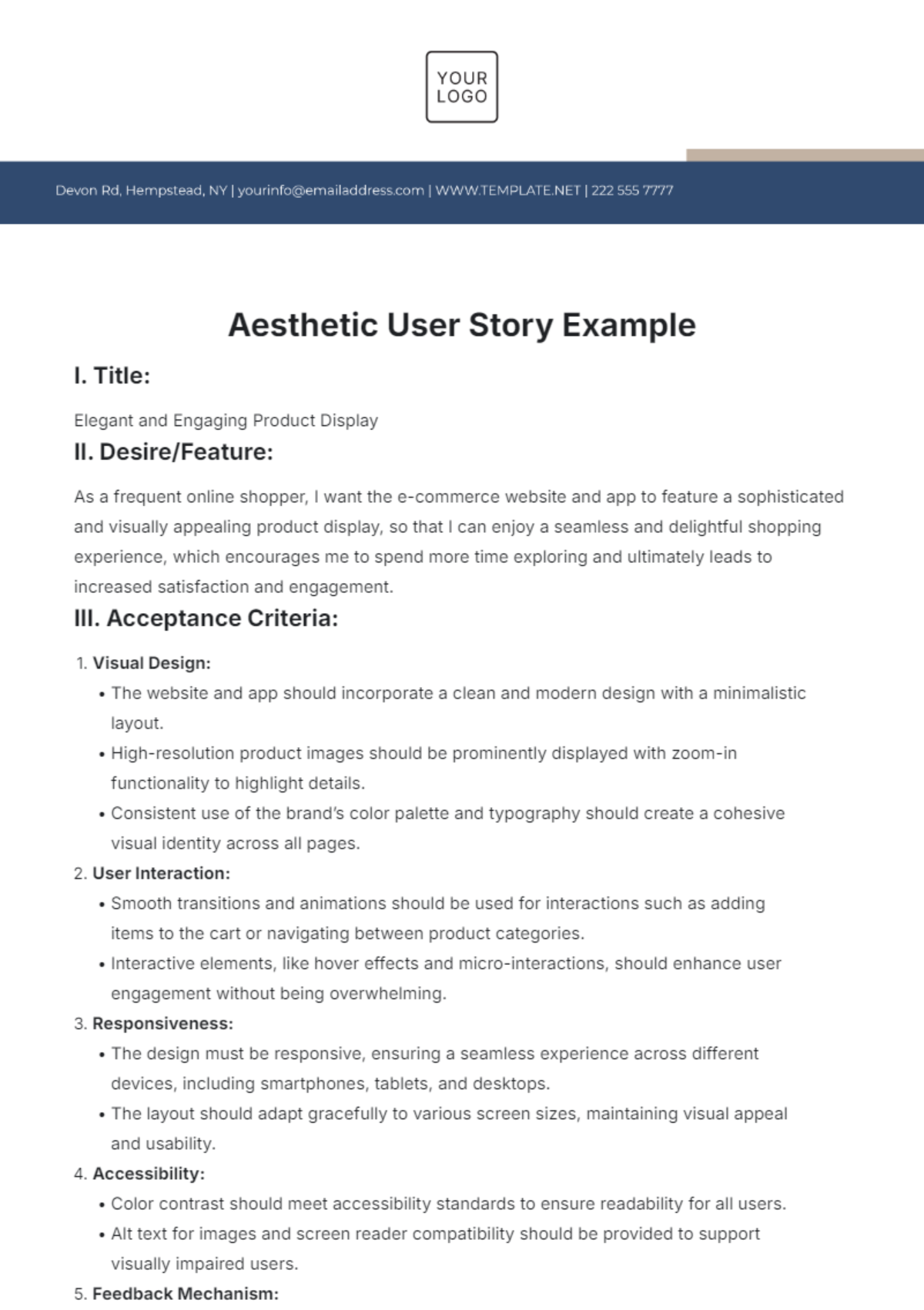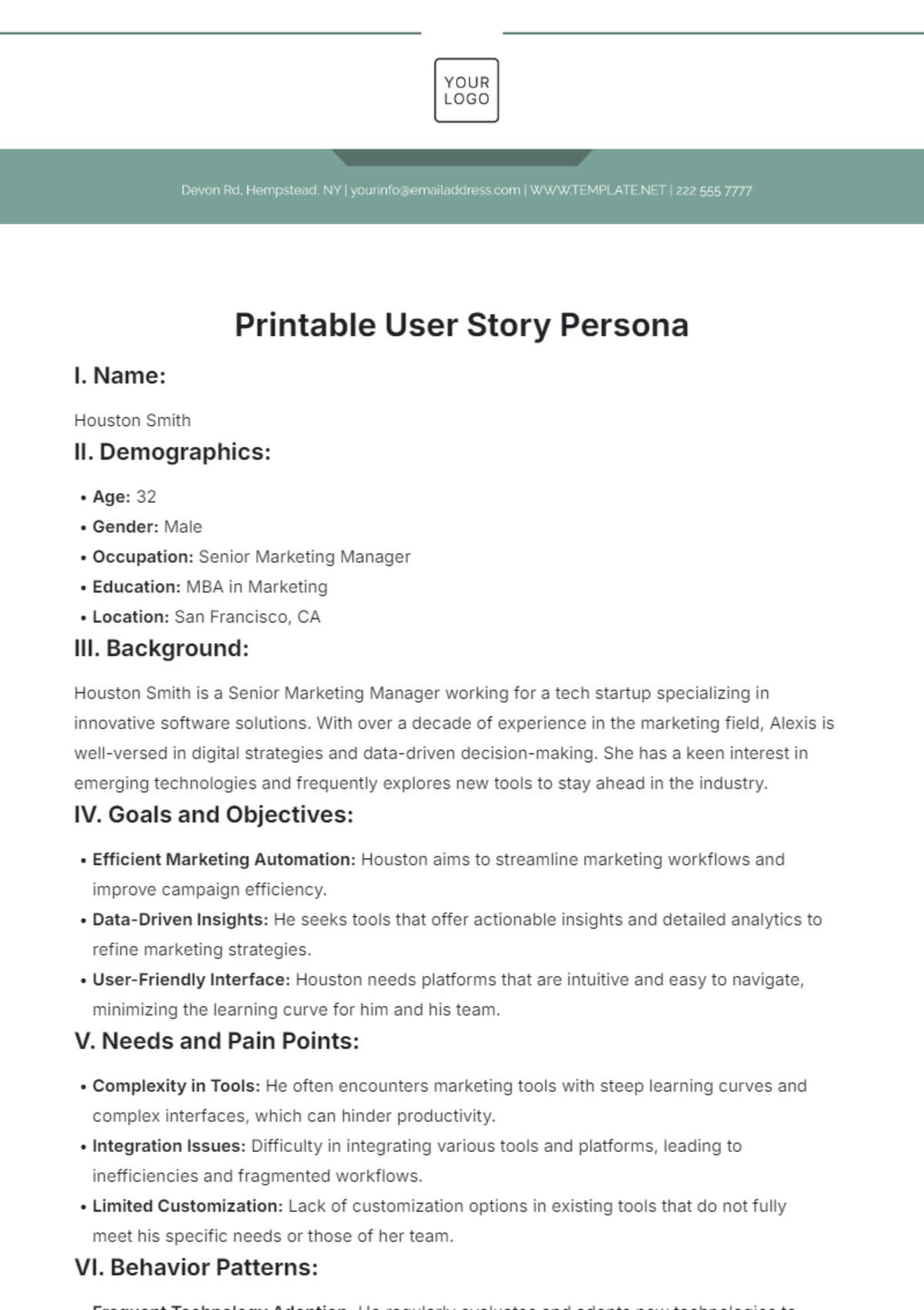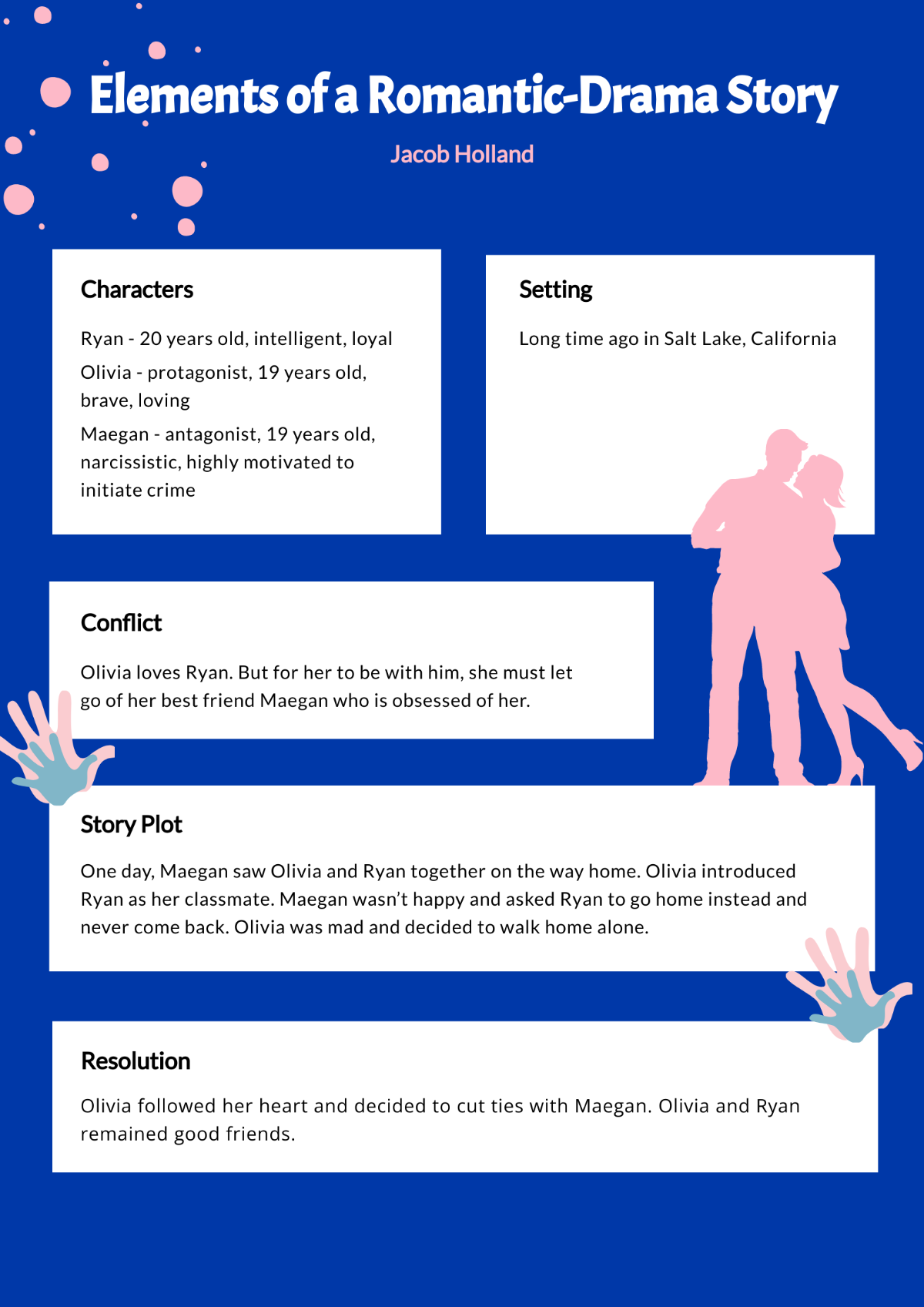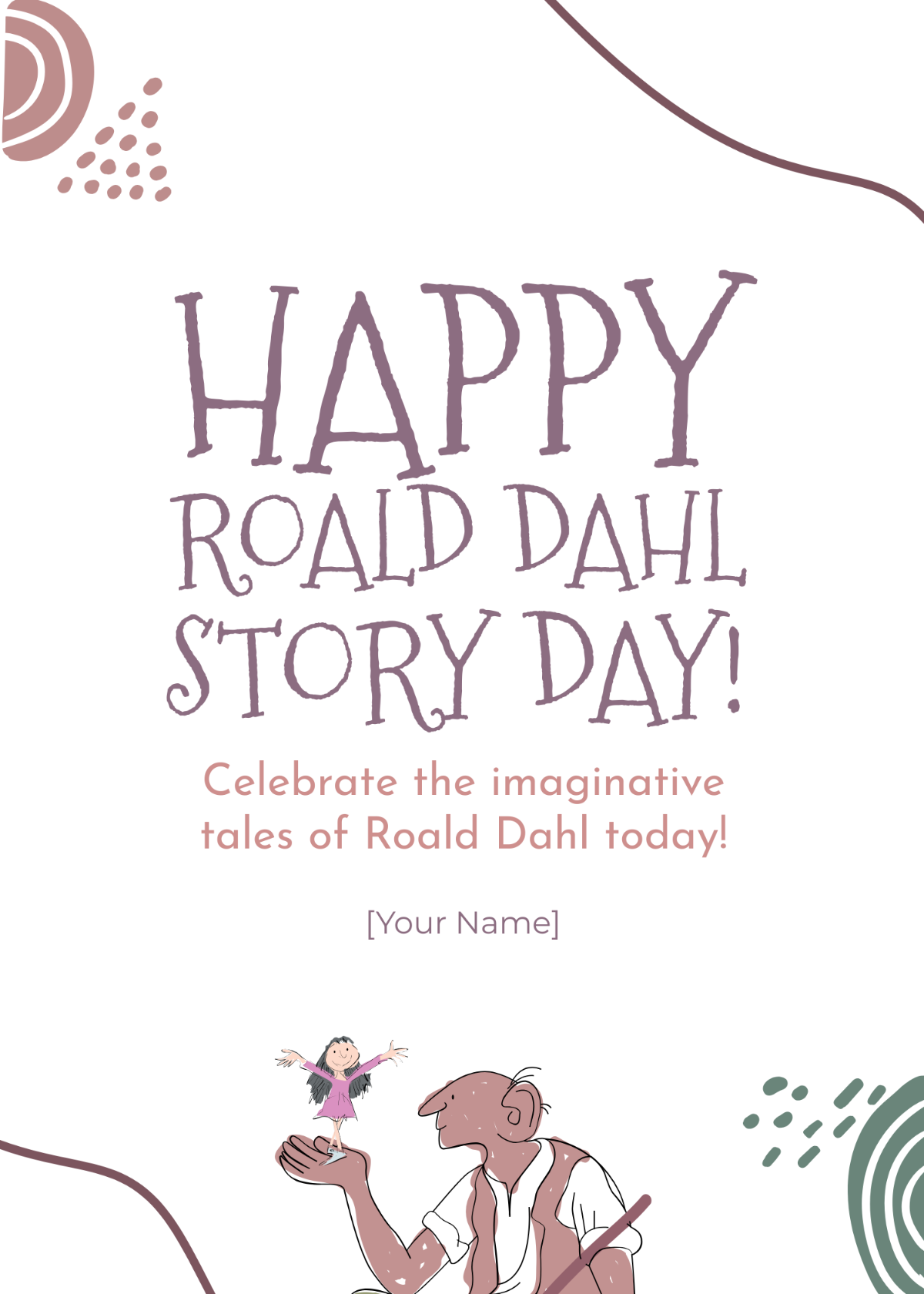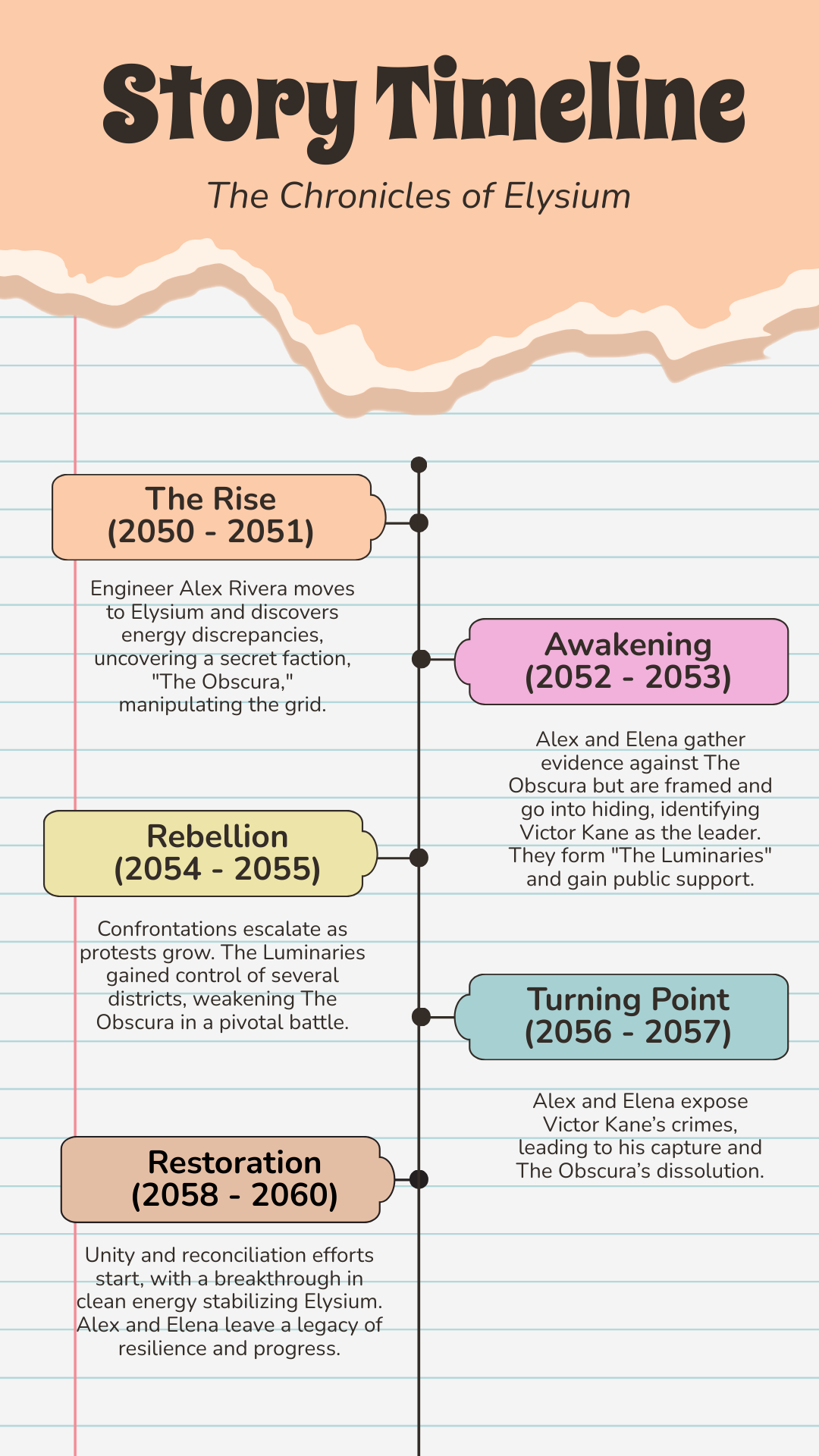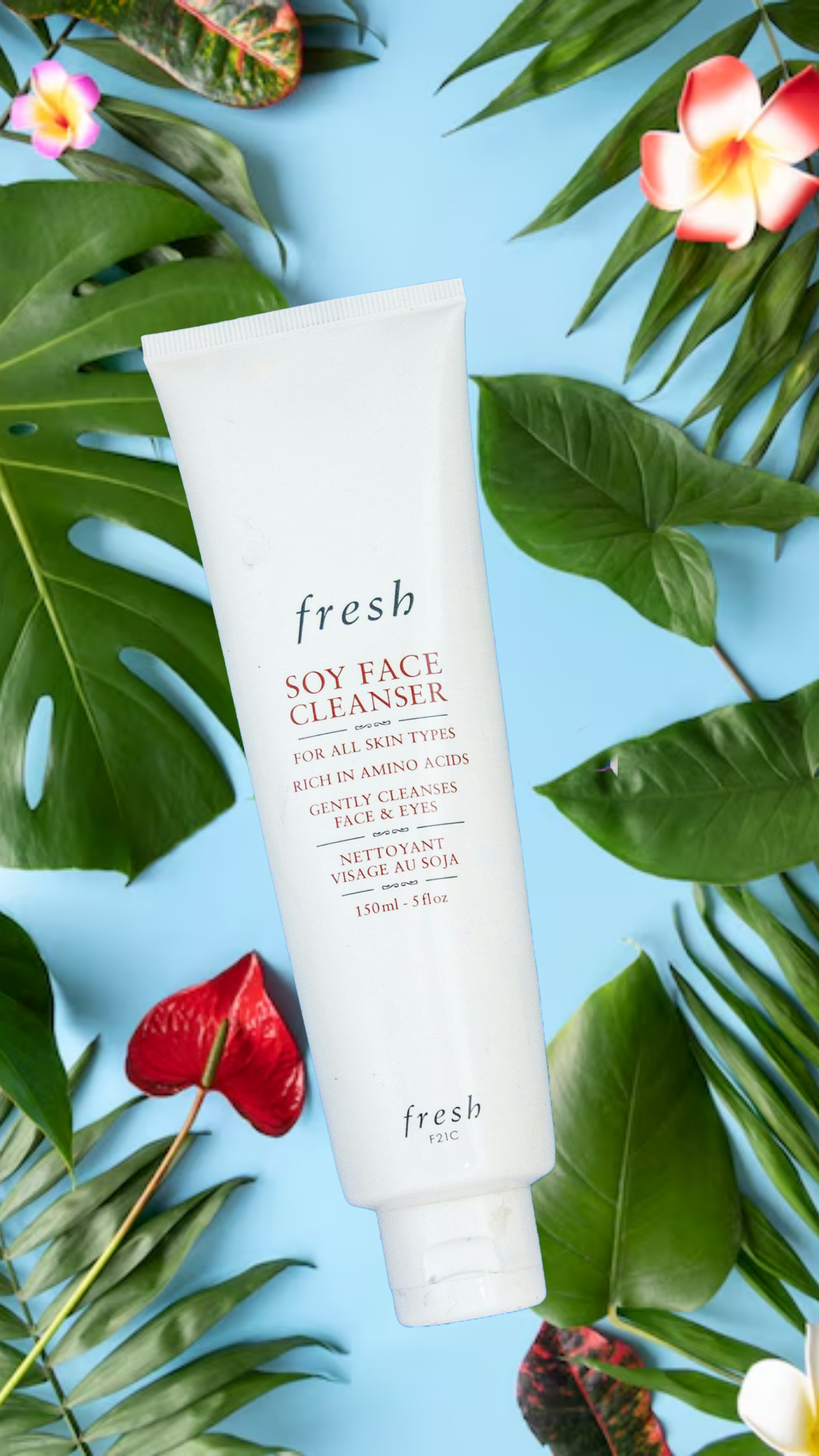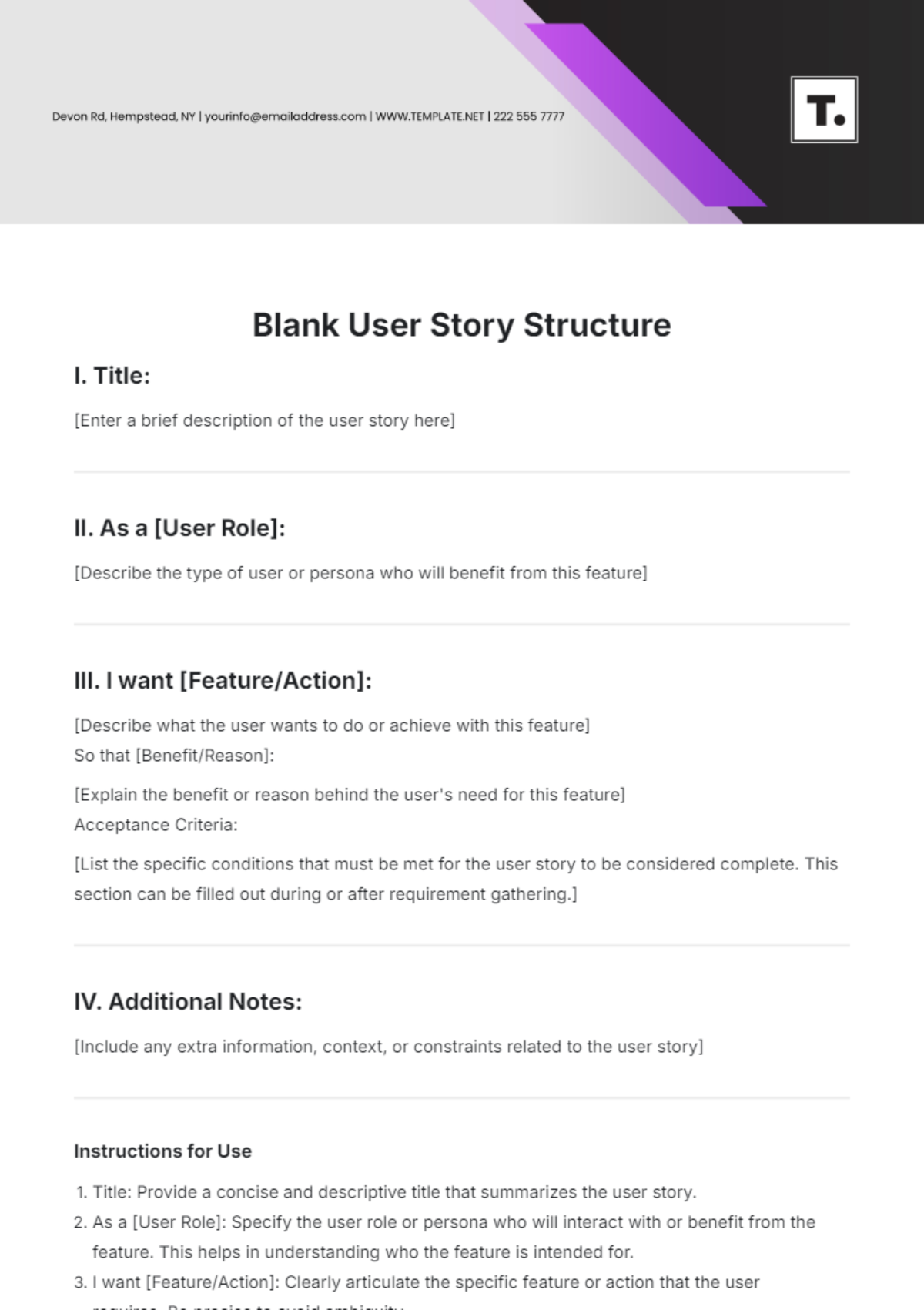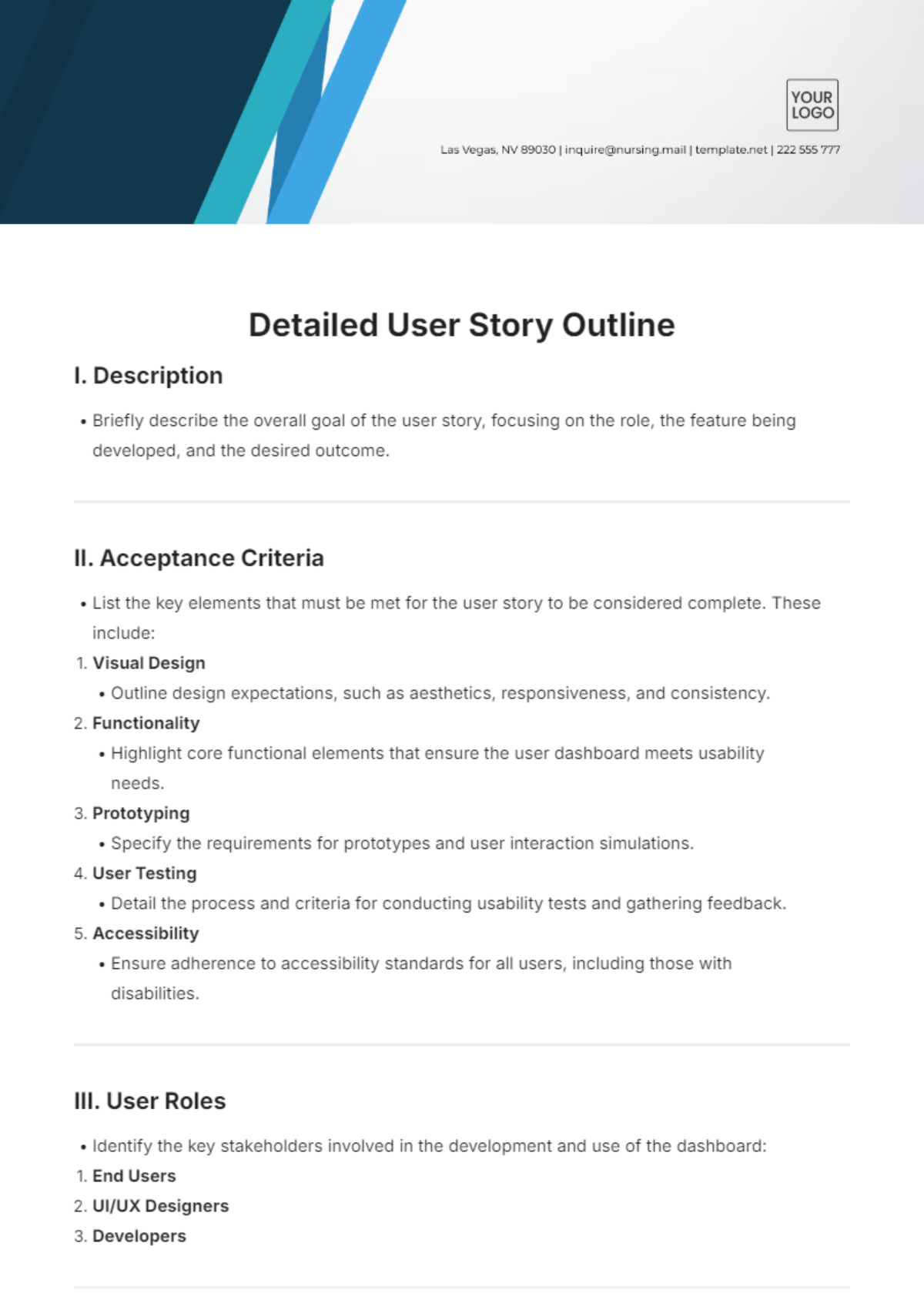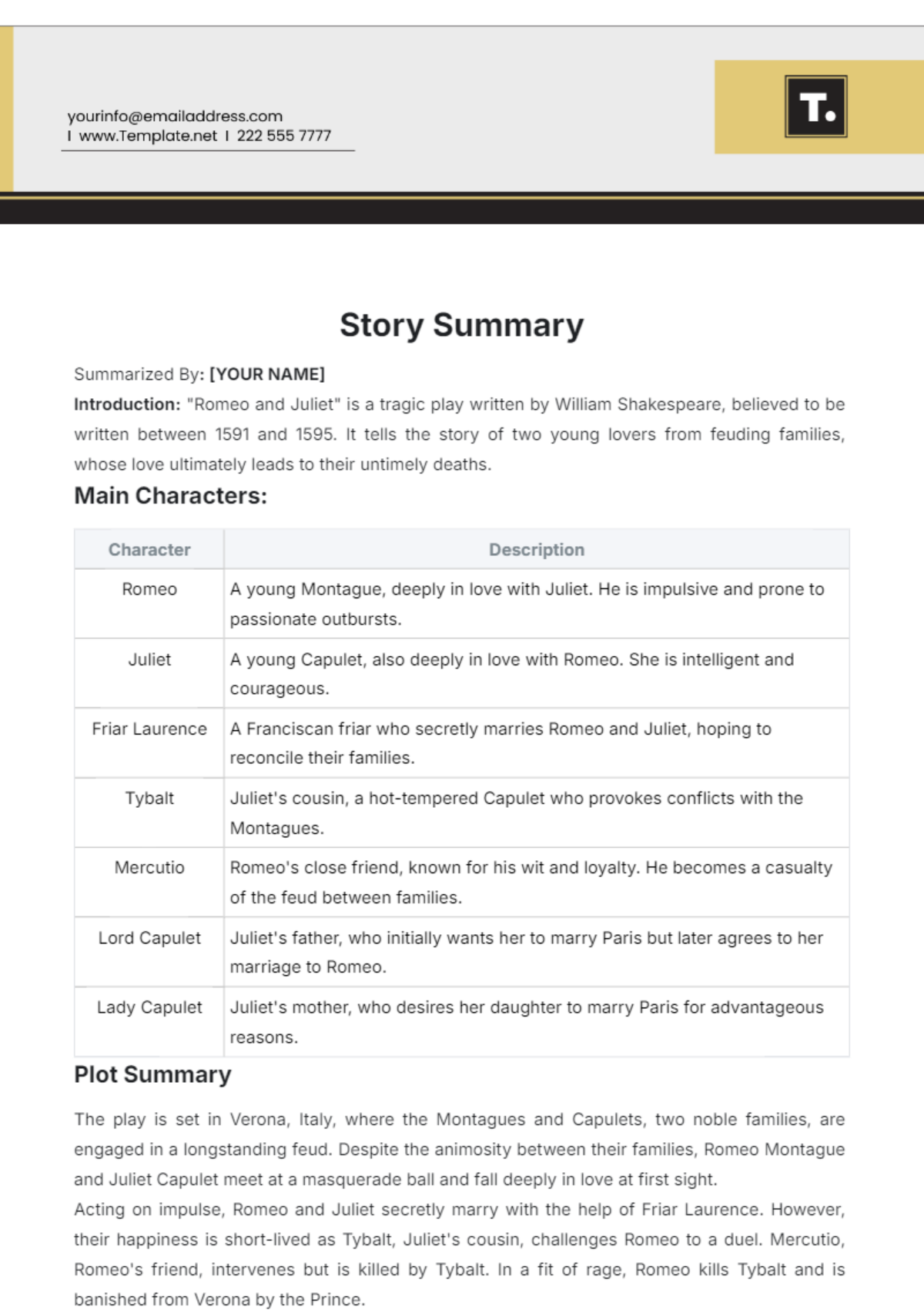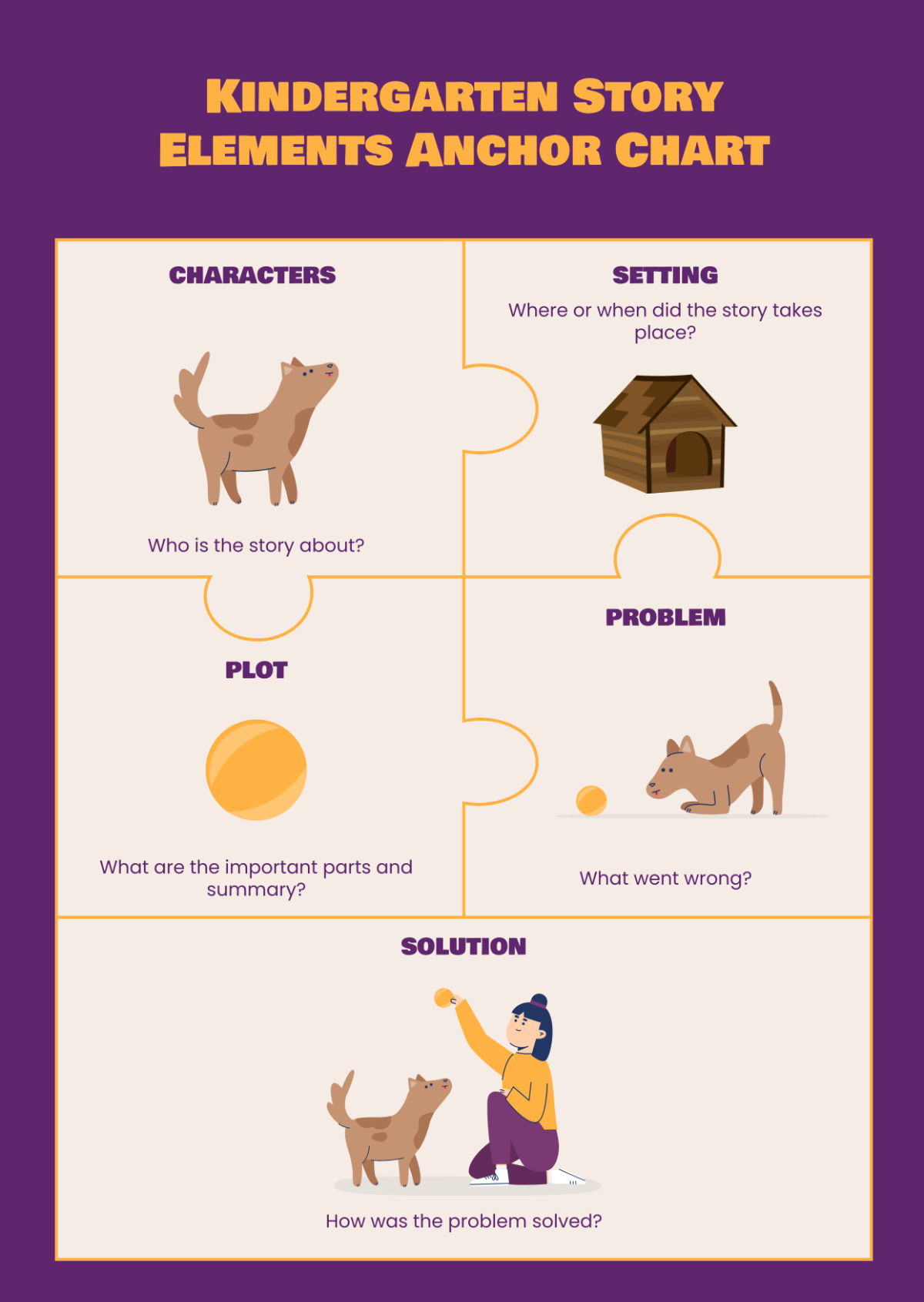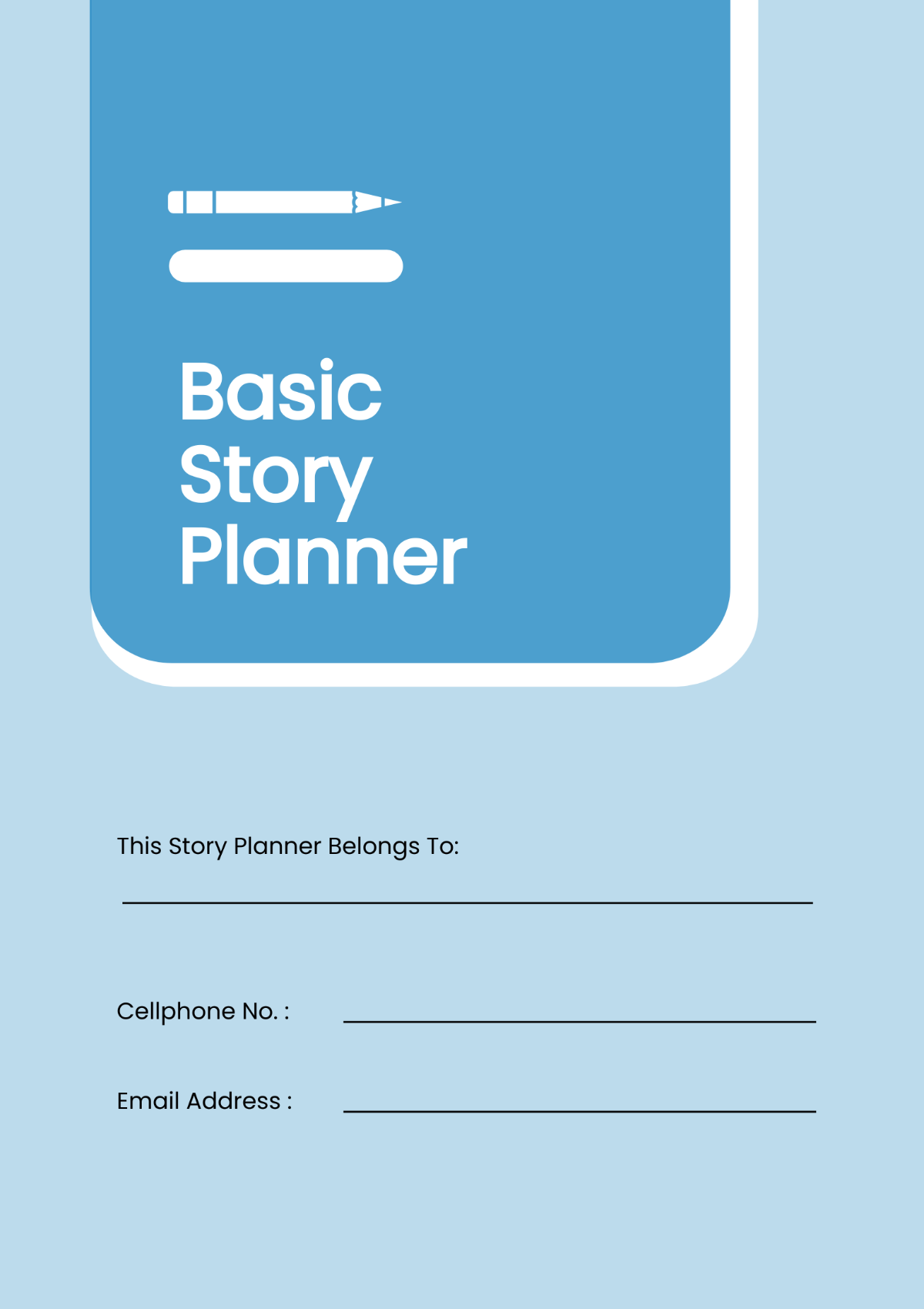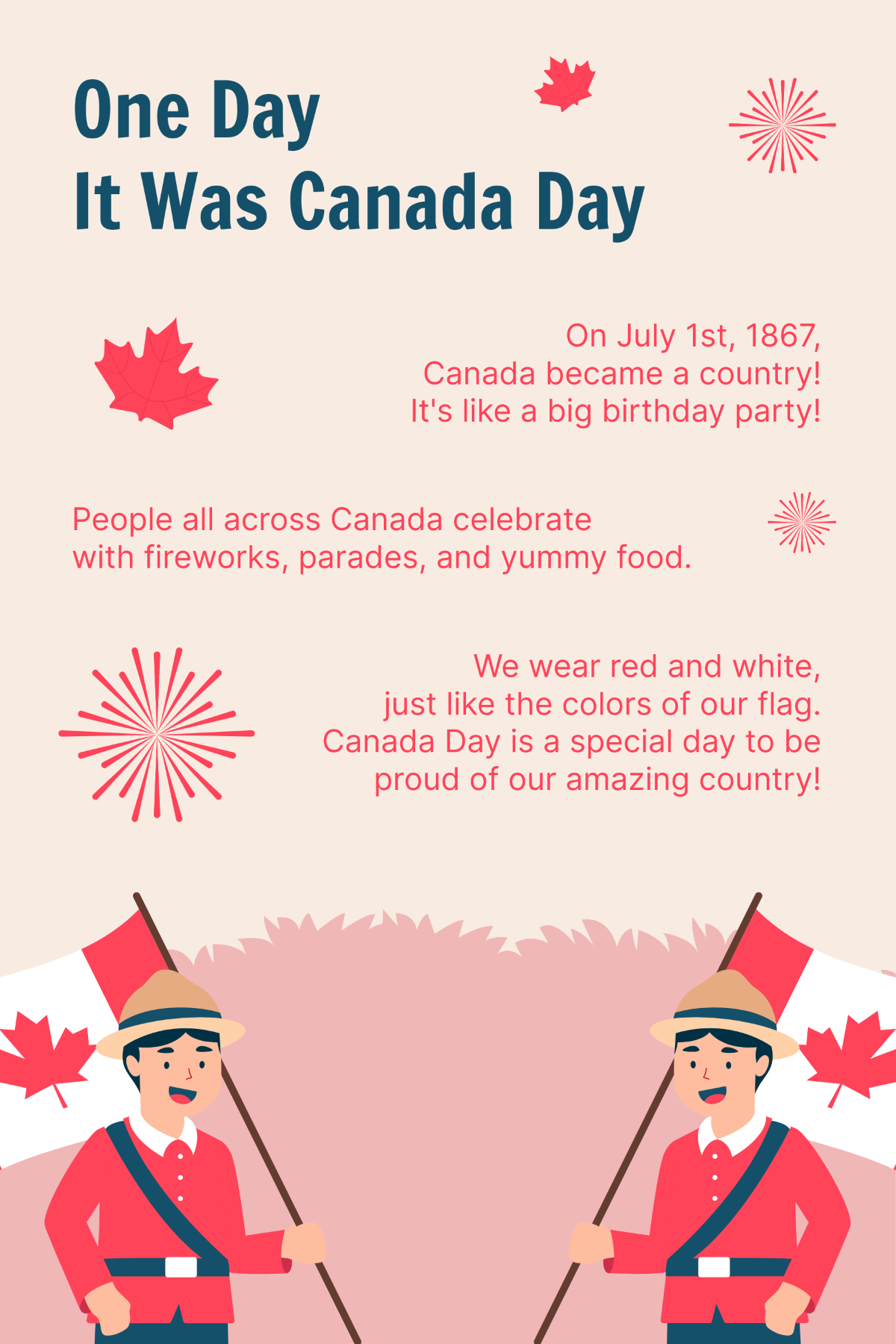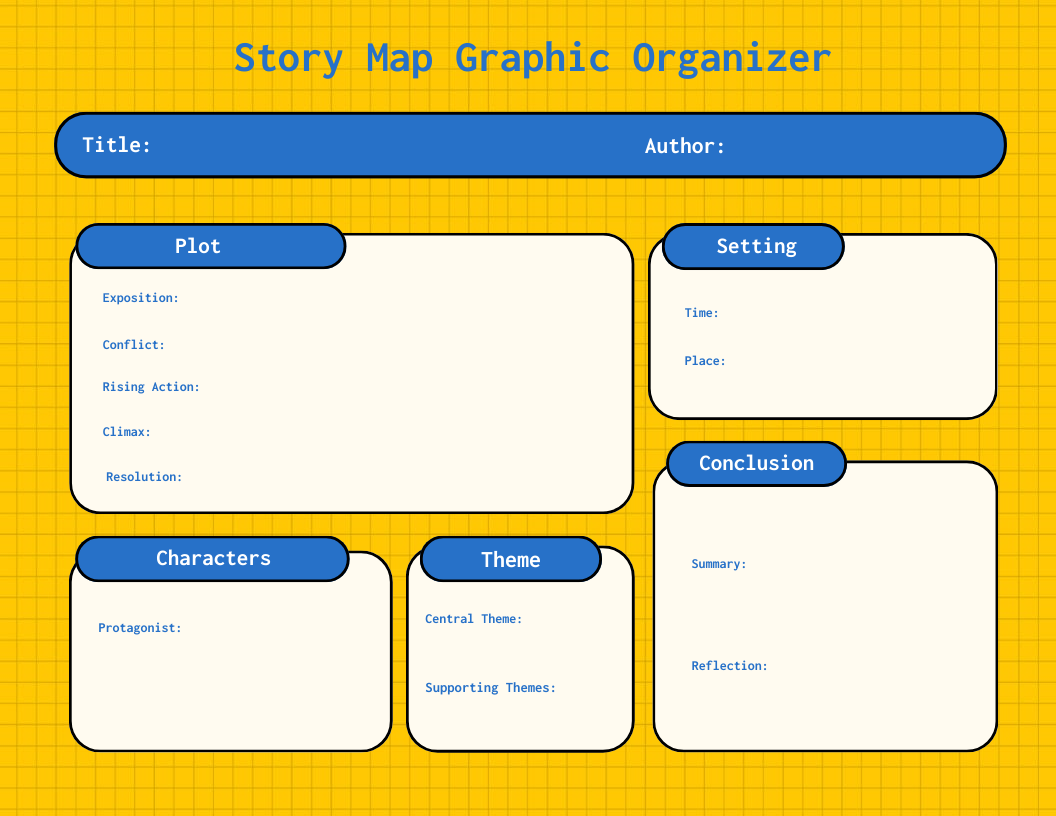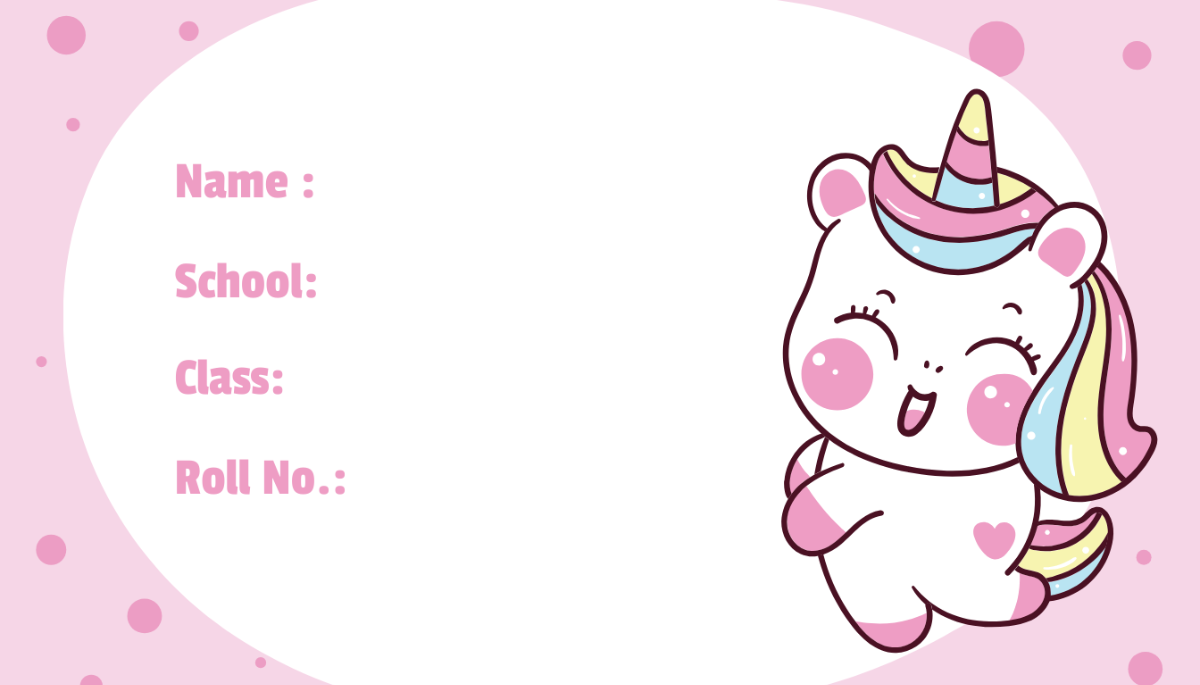Shooting Script For 5 Minute Story
Created by [YOUR NAME]
Organization: [YOUR COMPANY NAME]
Address: [YOUR COMPANY ADDRESS]
Email: [YOUR COMPANY EMAIL]
Phone: [YOUR COMPANY NUMBER]
Website: [YOUR COMPANY WEBSITE]
I. Introduction
Welcome to the detailed shooting script for your 5-minute story. This template is designed to help you organize your thoughts, scenes, and overall narrative to create an engaging and concise story. Whether you're producing for film, television, or online platforms, follow this structure to captivate your audience. Remember to customize the placeholders with your specific information.
Start by introducing the main theme or conflict of your story. Each scene should seamlessly contribute to unveiling or resolving the conflict. Here, you can decide the setting and introduce the main characters briefly. This section sets the tone for what follows.
II. Scene Breakdown
Each scene in your 5-minute story needs to be meticulously planned. Below is a breakdown of how to structure each one. List the location, time, and characters involved. Describe the primary action occurring and any crucial dialogue that drives the narrative forward.
For example:
Scene 1: Exterior - Park, Daytime. Characters: [Character 1, Character 2]. [Character 1] reveals a secret to [Character 2], setting the story in motion.
Scene 2: Interior - Coffee Shop, Morning. Characters: [Character 1]. [Character 1] contemplates the reactions from the previous revelation.
III. Dialogue
Write down the key dialogues for each scene focusing on clarity and the essential information needed to understand the story's progress. Ensure each line serves a purpose, be it moving the story forward or building a character. Use this section to also note any significant non-verbal communication.
For example:
Scene 1, Character 1: "I never thought I’d tell anyone this, but I trust you." (Shares a look that denotes nervousness)
Scene 2, Character 1: (Sips coffee, sighs deeply) "What have I done?"
IV. Technical Specifications
Detail the technical aspects of each scene. Include camera angles, lighting requirements, and any special effects that enhance the storytelling. This section is crucial for the director of photography and the technical team to prepare adequately for the shoot.
For example:
Scene 1: Use wide-angle shots to encompass the openness of the park setting. The mood is light, requiring natural light and minimal shadows.
Scene 2: Close-up shots to capture the protagonist’s emotional turmoil. Overhead lighting to cast shadows and create a somber mood.
V. Conclusion
Wrap up the story by resolving the main conflict or by presenting a twist that leaves the audience pondering. Summarize how the characters have evolved through the story or have come to terms with the situation depicted.
Ensure the ending is as gripping as the introduction. Whether it’s a dialogue or an action that concludes the narrative, it should leave a lasting impression on your audience.
This shooting script template is a comprehensive guide aiming to streamline the process of story-making. Customize it according to the story’s needs and the unique creative elements of your team at [YOUR COMPANY NAME].

